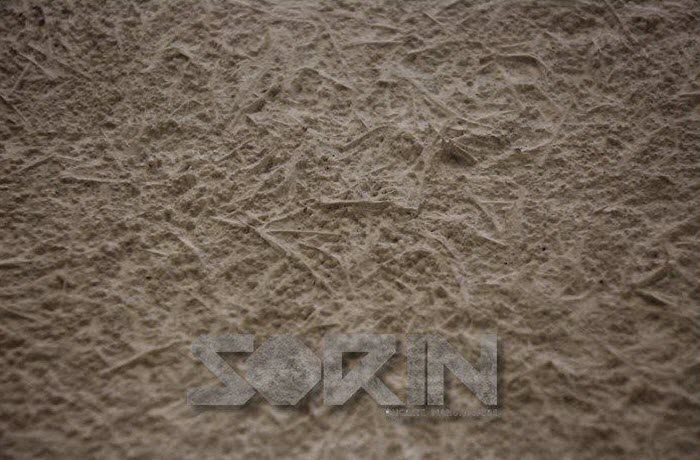Introduction of GFRC raw materials:
GFRC is generally a composite product of cement to obtain high compressive strength, glass fibers of resistance to alkaline environment to obtain appropriate tensile strength, which generally has the following compounds.
1- Glass fibers resistant to alkaline conditions
These fibers are suitable for use in environments that are exposed to severe alkali attack and have high durability in concrete.
2- Cement
Conventional Portland cement (OPC), quick-setting Portland cement (RHPC), calcium sulfoaluminate cement (CSA) and white cement can be used in the production of GFRC.
3- aggregate
It is recommended to use aggregates with a certain purity of silica. It is allowed to use a maximum diameter of 1.2 mm for the spray method and a maximum diameter of 2.4 mm for the premix method

Introduction of mechanical and chemical properties of GFRC (GRC):
premix | splash | Method | |||
3 | 5 | (Wt.%) | The amount of glass fibers | ||
1.7-2.1 | 1.8-2.3 | (G/Cm3) | Density (air-dried state) | ||
10-20 | 20-30 | (Megapascal) | Modulus of Rupture (MOR) | bending | resistance |
5-10 | 7-13 | (Megapascal) | limit of proportion (LOP) | ||
13-21 | 15-25 | (Gigapascal) | Modulus of elasticity | ||
4-7 | 10-15 | (Megapascal) | ultimate strength (UTS) | tensile | |
4-6 | 20-30 | (Megapascal) | off page | Shear | |
4-6 | 7-12 | (Megapascal) | Inside the page | ||
4-6 | 2-4 | (Megapascal) | interlayer | ||
7-12 | 15-25 | (Megapascal) | Impact resistance | ||
10-15 | 10-15 | % | Water absorption | Water | |
0.1-0.2 | 0.1-0.2 | % | Shrinkage due to drying | ||
0.9-1.5 | 0.9-1.5 | (W/M.k) | thermal conductivity | Heat | |
7-12 | 7-12 | (X10-6%C) | Heat transfer coefficient | ||
27 | 125Hz | Transmission loss (dB) 15 mm thick | Voice | ||
30 | 250Hz | ||||
35 | 500Hz | ||||
39 | 1000Hz | ||||
40 | 2000Hz | ||||
